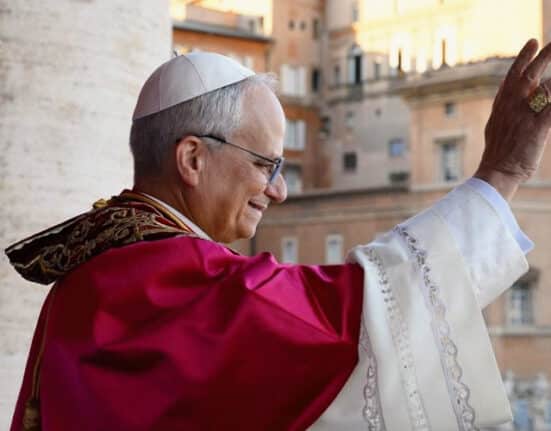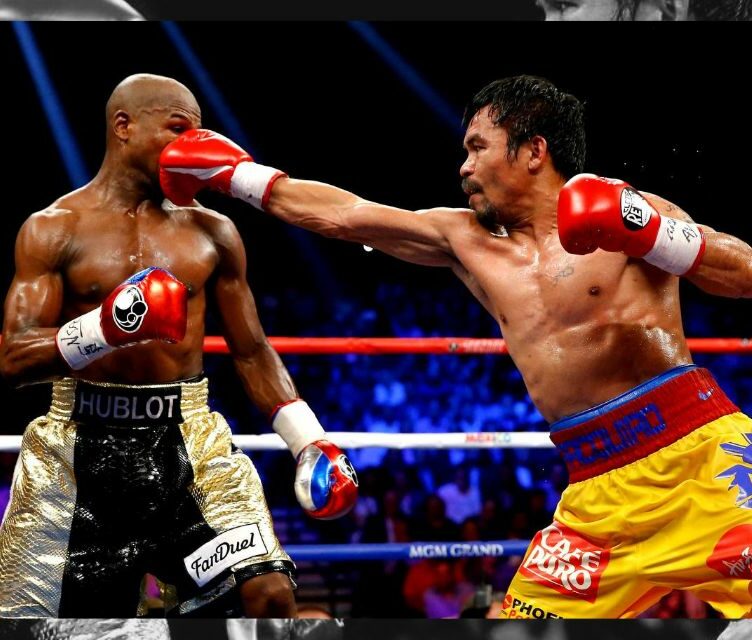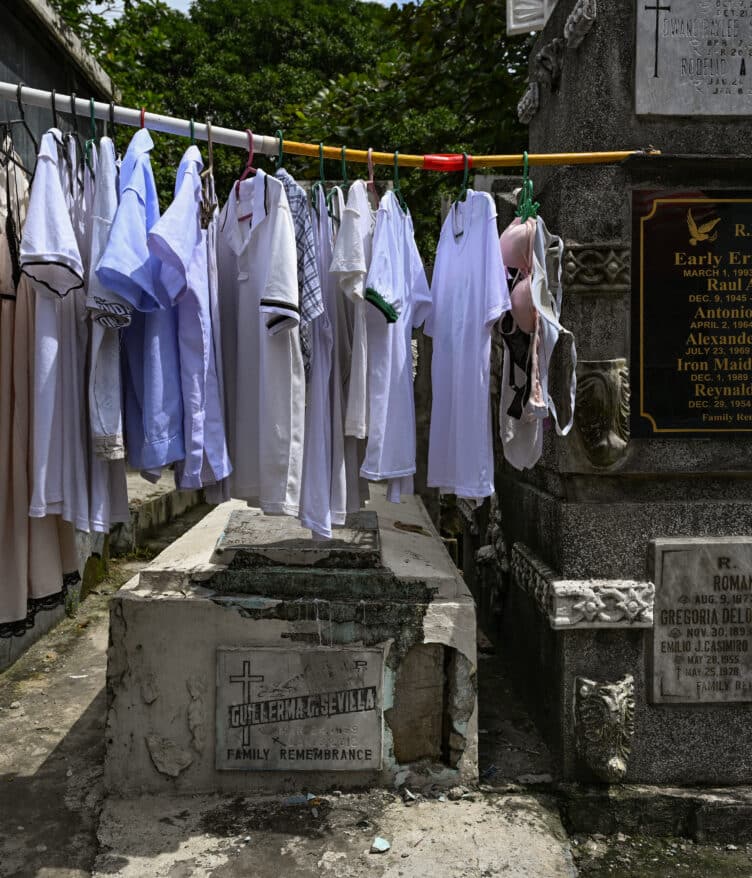ROBERT Francis Prevost’s name was nowhere near the list of frontrunners and favorites when articles about the conclave first began circulating on social media.
But much like his predecessor Pope Francis, he emerged from the Sistine Chapel as the 267th inheritor of St. Peter’s throne.
Habemus Papam— and his name is Pope Leo XIV.
Now, all eyes in the world are focused on this new pontiff. Some, learning of his years working with the poor in Peru, are hopeful that he will walk in the footsteps of the late Pope Francis.
Others are more cautious, pointing to his complicated relationship with Peru’s conservative Catholic right — a faction linked to an alleged 50-year history of sexual, psychological, and physical abuse within the Church.
As a new chapter in Catholic history begins, one question echoes louder than the rest: What can we expect from the pontificate of Pope Leo XIV? And more importantly, who was he before donning the papal crown?
A Quick Background
The 69-year-old pope was born on September 14, 1955, in Chicago, Illinois. His mother, of Spanish and Black Creole descent from the Dominican Republic, worked as a librarian. His father, of French-Italian heritage, was a U.S. Navy veteran who served during World War II.
Prevost’s childhood was steeped in religious devotion. He served as an altar boy at St. Mary of the Assumption Church and completed his secondary education at a minor seminary in Michigan in 1973.
Prevost is a scholar as much as he is a religious devotee. During his education at St. Augustine Seminary High School, he earned a Letter of Commendation for academic excellence, and consistently been a part of the honor roll.
In 1977, he earned a Bachelor of Science degree in Mathematics from Villanova University. After that, in 1982, he went on his theological studies, obtaining a Master of Divinity from Catholic Theological Union.
It was also during 1977 when he joined the Order of Saint Augustine as a novice, taking his first vow in the next year. In 1981, he took his solemn vow.
On November 03, 2014, the then Pope Francis appointed Prevost as the Bishop of Chiclayo.
From the Americas
North Americans, particularly US citizens, were quick to celebrate the appointment of Pope Leo XIV as the head of the Vatican. He is, after all, the first US-born citizen to don the Fisherman’s ring— the signet ring associated with papal authority.
But the US is not the only country that claims Prevost. Peru also celebrates his ascension to papacy as he is a Peruvian citizen as much as he is an American.
Prevost is a dual citizen, gaining citizenship from Peru in 2015 after living and spending 20 years of missionary work in the country.
Prevost first arrived in Peru in 1985, four years after taking his solemn vows. He served as Chancellor of the Territorial Prelature of Chulucanas, a diocese in northern Peru, for a year.
He returned in 1988 and took on multiple roles: heading the Augustinian seminary in Trujillo, teaching canon law at the diocesan seminary, serving as prefect of studies, acting as a judge in the regional ecclesiastical court, and leading a parish on the city’s outskirts.
Pope Leo XIV is expected to be a vocal figure when it comes to politics, as he was one in Peruvian affairs.
He was known for calling out the former Peruvian president Alberto Fujimori for his human rights abuses and corruption. He called on Fujimori to ask for forgiveness from the victims of his government, including indigenous Peruvians.
When Fujimori issued a half-hearted apology to appease the angry protesters, Prevost, who was then a bishop, responded to him:
“Former President Fujimori has asked forgiveness in a generic way, recognizing in general terms his guilt, and some have been offended. Perhaps it would be more effective for him to personally ask for forgiveness for the great injustices he committed and for which he was prosecuted and convicted.”
Prevost was known for his social works, especially with the poor communities of Peru. He witnessed the violence that the marginalized communities received.
In 2023, he also called out Peru’s current president, Dina Boluarte, over the administration’s culpability in the death of 49 protestors. He expressed his “sadness and pain” and said that the deaths are not representative of the country’s best.
With his dual nationalities and firsthand experience working with marginalized communities, many expect the new pope to take a strong stance on immigration.
His background is particularly compelling: one of his countries, Peru, is a place many leave in search of better opportunities; the other, the United States, is among the world’s most prominent—and often controversial—destinations for immigrants.
Stance on Issues
Many are curious about the new Pope’s stance on several issues that hound the church. But there is little reported information about where he stands on certain concerns.
When it comes to the environment and outreach to the poor and migrants, it was reported that Prevost’s vision was closer to the late Pope Francis.
Pope Leo XIV is also reportedly aligned with the late pontiff on reforming pastoral practices, particularly in supporting the decision to allow divorced and remarried couples to receive Holy Communion.
But when it comes to same-sex marriage and the LGBTQ civil union, Prevost appeared to be somewhat less favorable than Pope Francis.
Yet, despite this, he had reportedly shown mild support for Fiducia Supplicans— the declaration allowing non-liturgical blessings for same-sex and other “irregular” couples, provided they are clearly distinct from the sacrament of marriage.
In 2024, Prevost expressed concern for the need to discuss the blessing of same-sex couples and discuss the differences of episcopal conferences.
“The bishops in the episcopal conferences of Africa were basically saying that here in Africa, our whole cultural reality is very different … it wasn’t rejecting the teaching authority of Rome, it was saying that our cultural situation is such that the application of this document is just not going to work,” he said, according to CBCP News.
“You have to remember there are still places in Africa that apply the death penalty, for example, for people who are living in a homosexual relationship … So, we’re in very different worlds,” he said.
In issues of ordination of women in the Catholic Church, Pope Leo XIV is aligned with the traditional Church stance against the ordination of women, consistent with the position held by Pope Francis.
While he has advocated for greater roles for women in the Church’s pastoral and administrative life, he maintains that the priesthood remains reserved for men—a position rooted in longstanding Catholic doctrine.
“Something that needs to be said also is that ordaining women—and there’s been some women that have said this interestingly enough—‘clericalizing women’ doesn’t necessarily solve a problem, it might make a new problem,” he said in 2013.
Ties with the Philippines
Pope Leo XIV is no stranger to the Philippines, having visited the country multiple times during his missionary work.
In 2008, he visited several local churches, including the Sto. Niño Spirituality Center in Cebu, where he engaged with local clergy and deepened his ties to the Filipino faithful. This visit marked the silver jubilee of the Augustinian Province of Santo Niño de Cebu-Philippines.
The Philippines remain as one of the biggest and Christianized countries not just in Southeast Asia but in the entire Asian continent.
Pope Francis shared a deep and affectionate relationship with the Philippines, highlighted by his 2015 visit that drew millions, including a record-breaking crowd in Manila.
As a new era begins, many Catholics from all over the world lean on cautious hope. Whether he chooses continuity with his predecessor or carves a new path entirely, one thing is certain: the challenges before him—both within and beyond the Church—will demand not only faith, but courage.
How useful was this post?
Click on a star to rate it!
Average rating 0 / 5. Vote count: 0
No votes so far! Be the first to rate this post.
We are sorry that this post was not useful for you!
Let us improve this post!
Tell us how we can improve this post?







